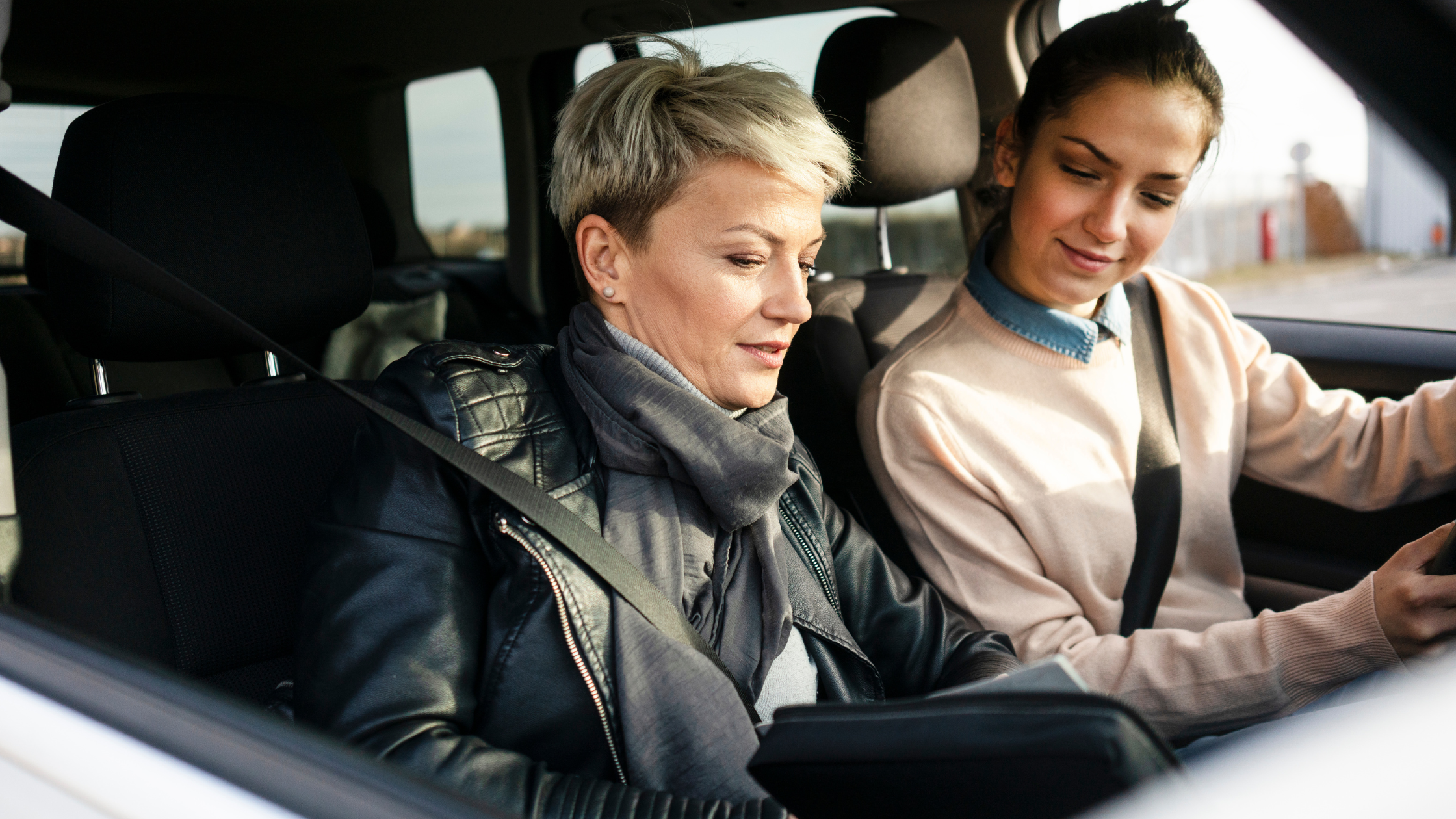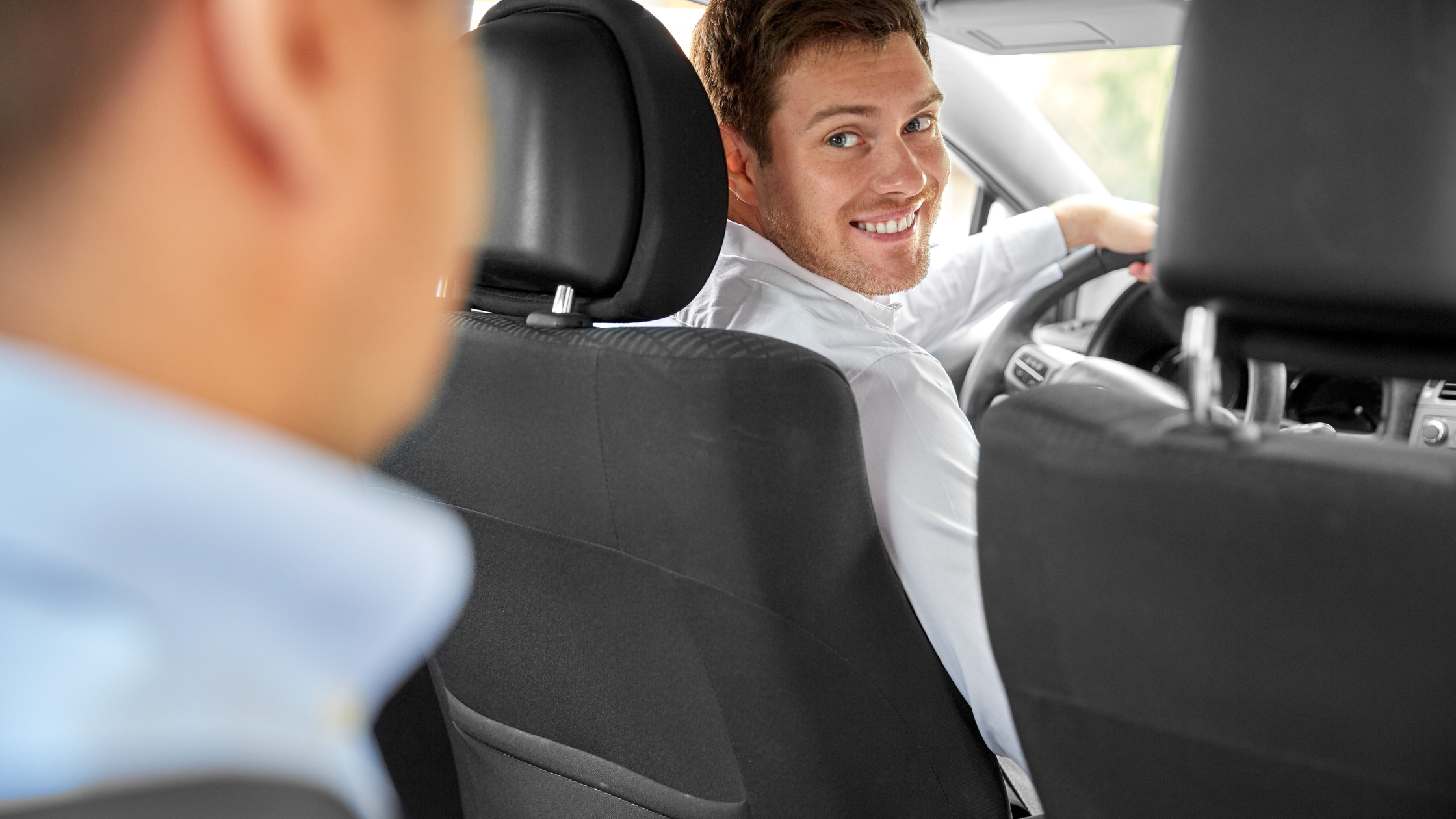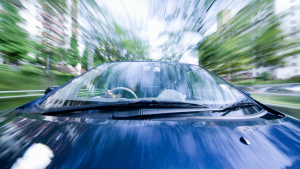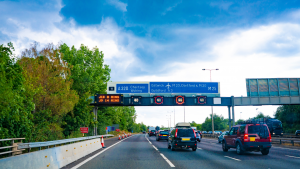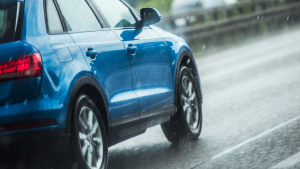As any experienced driver will tell you, it’s often possible to predict when something is going to happen that could cause a road traffic accident. It’s nothing to do with being some kind of superhero who can predict the immediate future. It’s about anticipating what might happen by tuning into the available information and being ready to react in an appropriate way.
Anyone can read the road for “hidden” dangers.
For example, if you’re driving through a housing estate and you see a ball bounce across the road ahead, it’s probable that a child may be following it, so slow down and keep a look-out, especially if there are parked cars that may be obscuring your view.
If the anticipated child sprints across the road to retrieve his or her ball, also be prepared for the youngster to run back again to their garden.
It’s a case of thinking ahead to what might happen and driving at a reasonable pace so that you can stop in time.
Once you’ve been driving a long time, it becomes second nature, but even new drivers can take a moment to think ahead.
Of course, not everything can be predicted in advance, but a sizeable number of possible hazards can. Be aware of any animals at the roadside.
Dogs, cats and squirrels are unpredictable and if you spot one setting off to cross the road, also remember that it may change its mind again if startled by traffic and run back the other way.
As you approach traffic lights, if they’ve been on green for some time, they may change back to red soon. Control your speed as you approach the lights to avoid a dangerous dash through on amber or red.
If you’re approaching a junction and another motorist flashes you to let you out, remember there may be another vehicle coming up behind that the first driver hasn’t seen.
Always check the road yourself before pulling out of a junction and don’t rely on another driver letting you out.
When you’re going round a roundabout and there’s a car in the right-hand lane, don’t take it for granted the driver’s going right. He might be just about to pull over to the left lane to take the next exit, so be careful about pulling alongside the vehicle.
When approaching a cyclist, if they look over their right shoulder, it normally means they’re going to turn right.
Don’t drive too close, as if they suddenly veer in front of you, there may be an accident. Similarly, if you see a pedestrian getting out of the passenger door of a parked car, watch out for the car pulling out immediately afterwards. Some drivers will drop someone off, but then fail to indicate as they set off again.
If the car ahead pulls in and parks, watch out for the driver’s door opening in front of you. Similarly, if you spot a pedestrian crossing the road towards a parked vehicle, watch out that they don’t open the door in front of you.
If you’re following a large vehicle and it indicates left, be aware the driver may have to swing out to the right before turning, due to the size of his vehicle, so don’t overtake too quickly.
When driving on the motorway or dual carriageway, a car up ahead of you that’s approaching a slower vehicle may suddenly pull out in front of you to pass it.
Don’t get too close to a car in front of you at a roundabout or junction, as the driver may stall, a common cause of rear-end shunting accidents.
If the sun is shining into your rear-view mirror, be aware that it will be shining directly into the eyes of oncoming drivers, who might be dazzled, so proceed carefully.
In time, you’ll learn to spot potential hazards for yourself, but in the meantime, develop your awareness by reading The Official DVSA Guide to Better Driving to learn how to deal with different driving situations.

